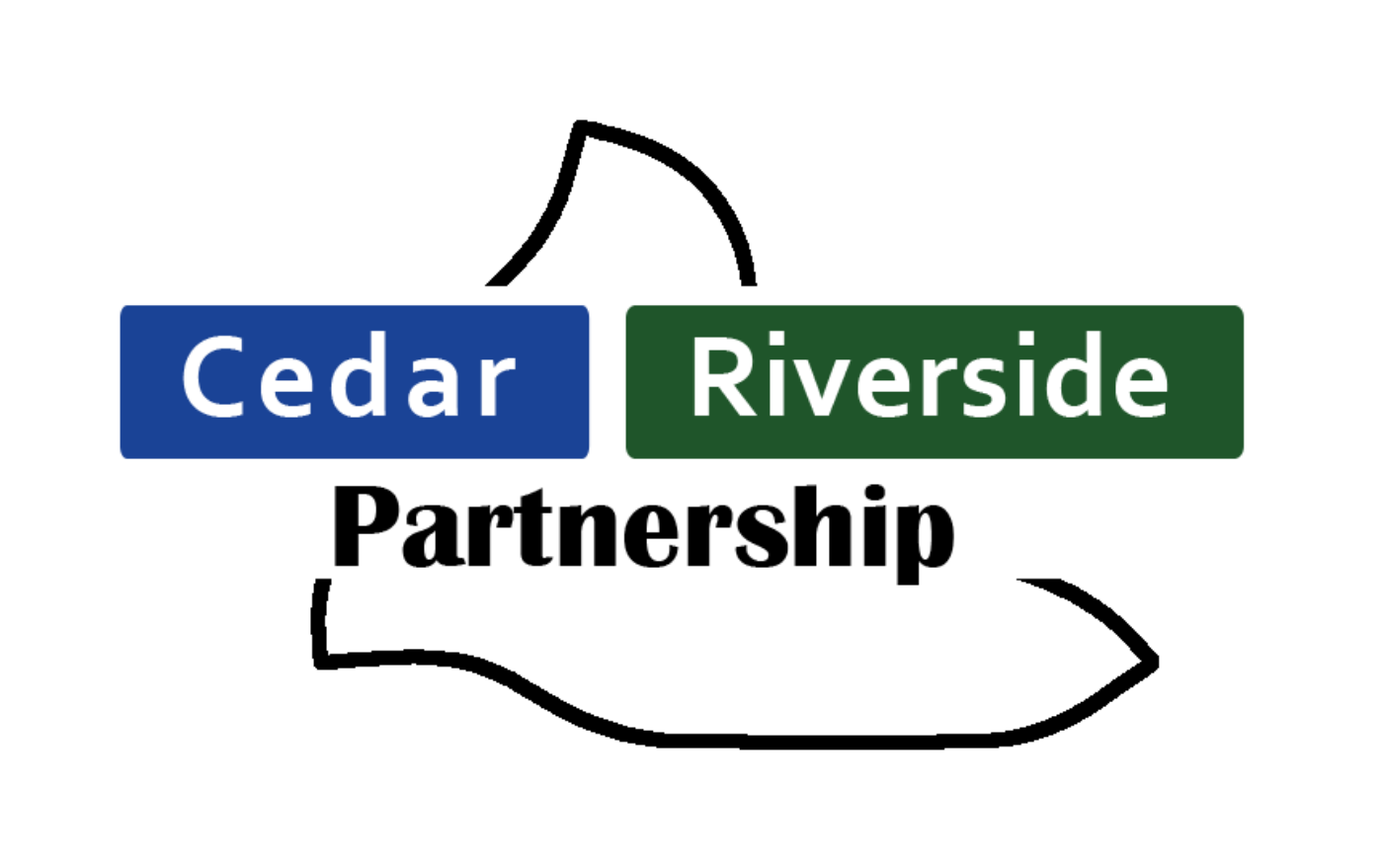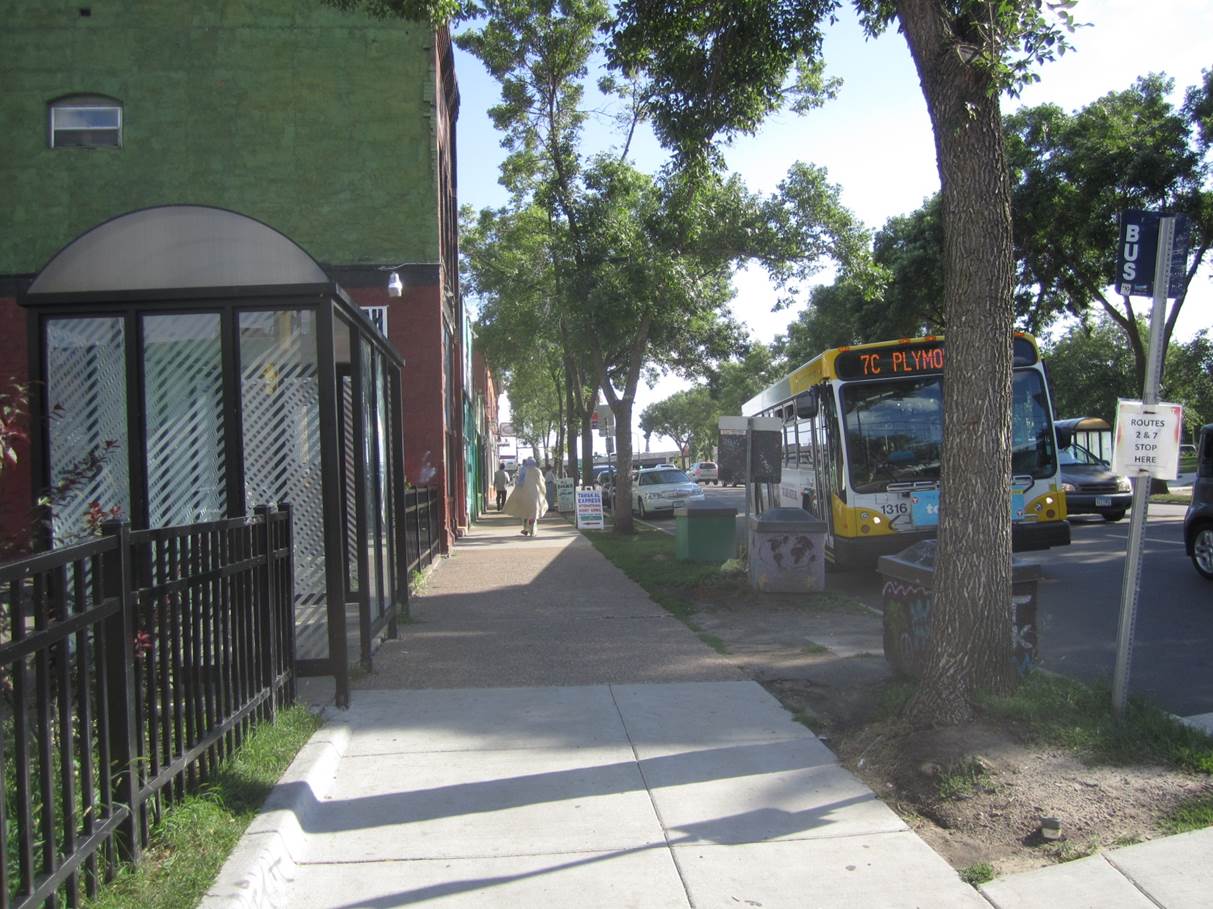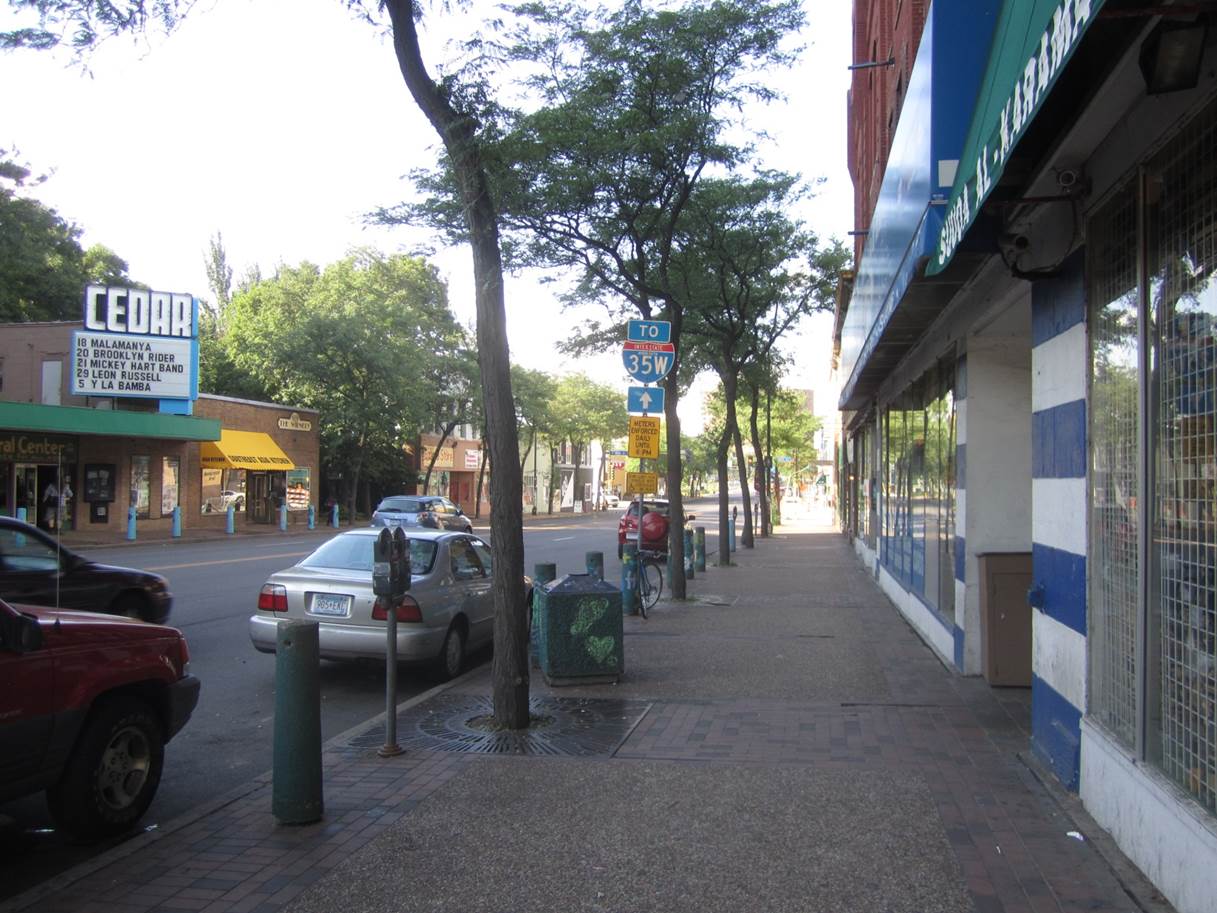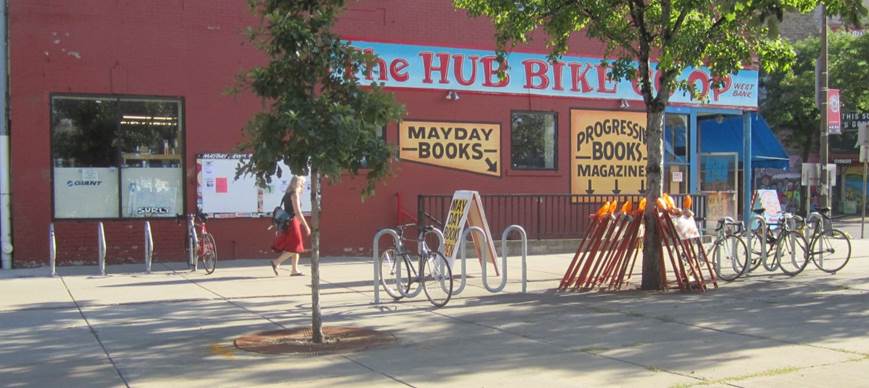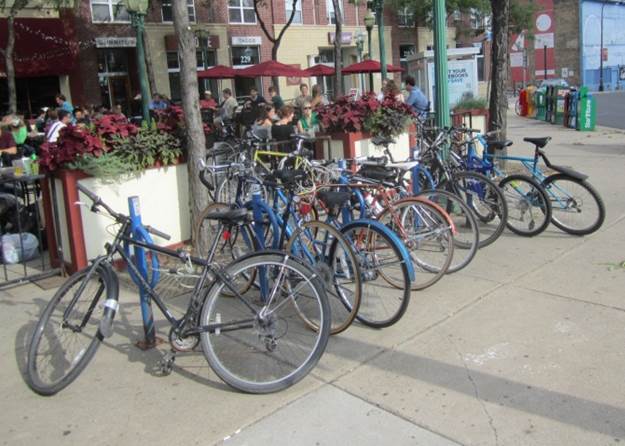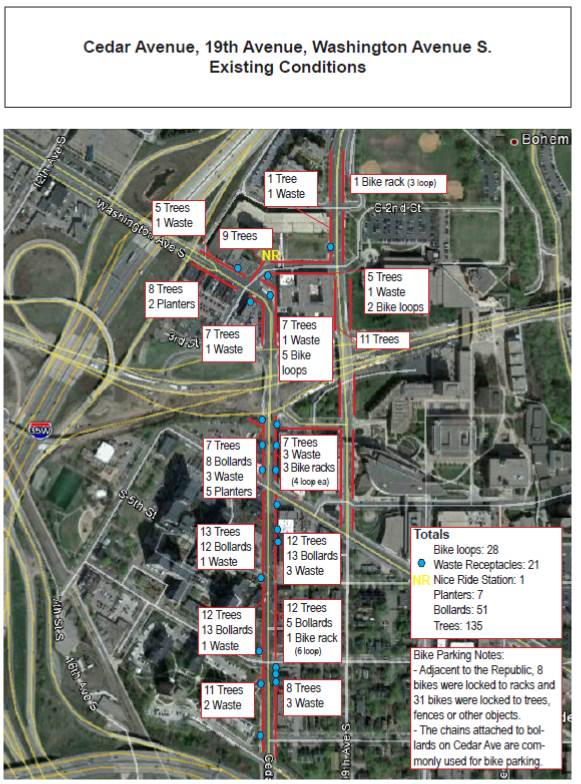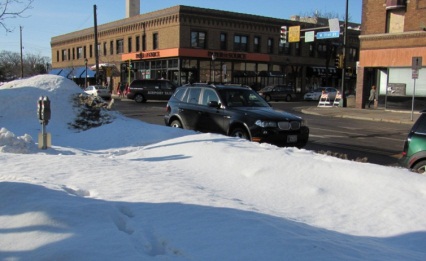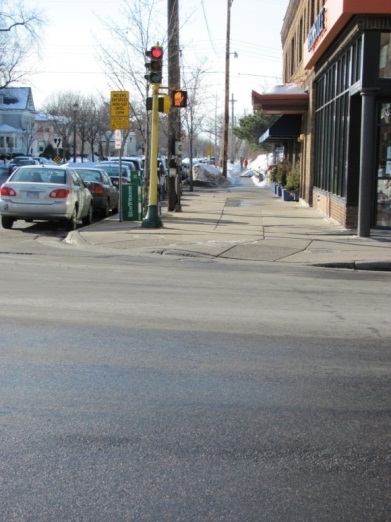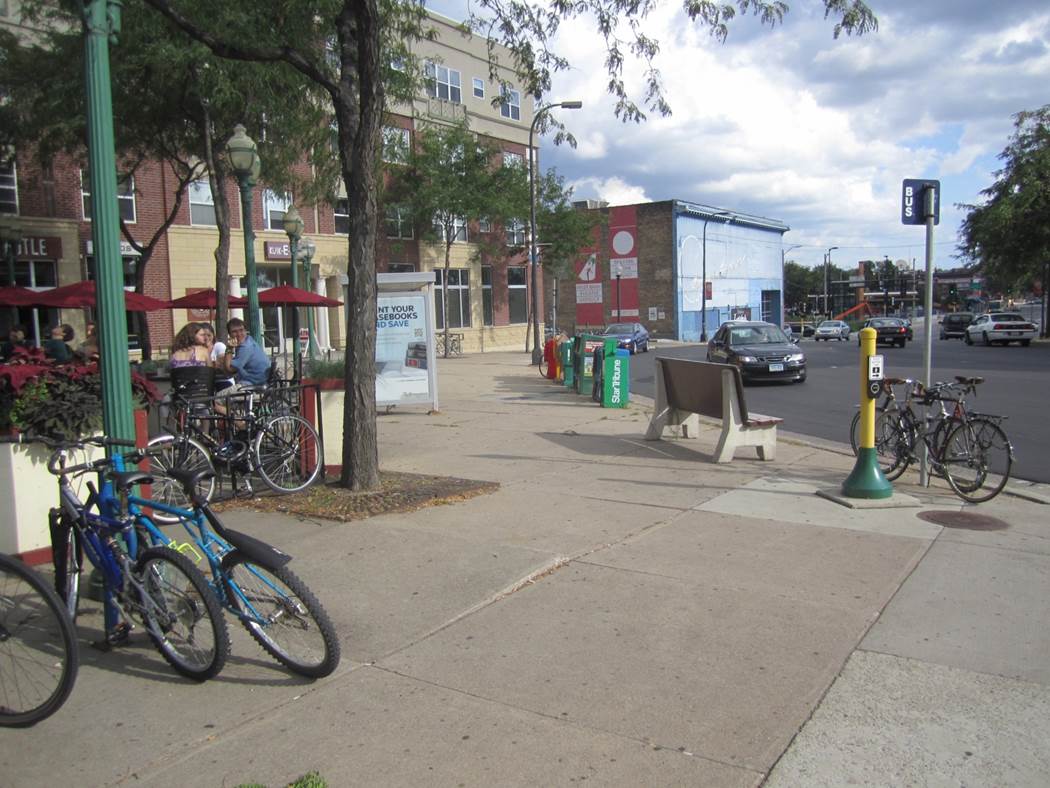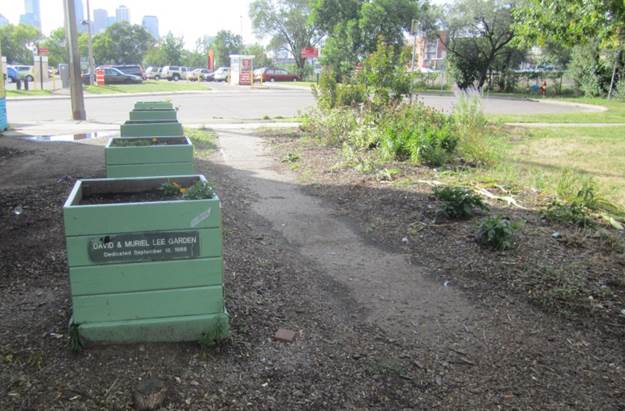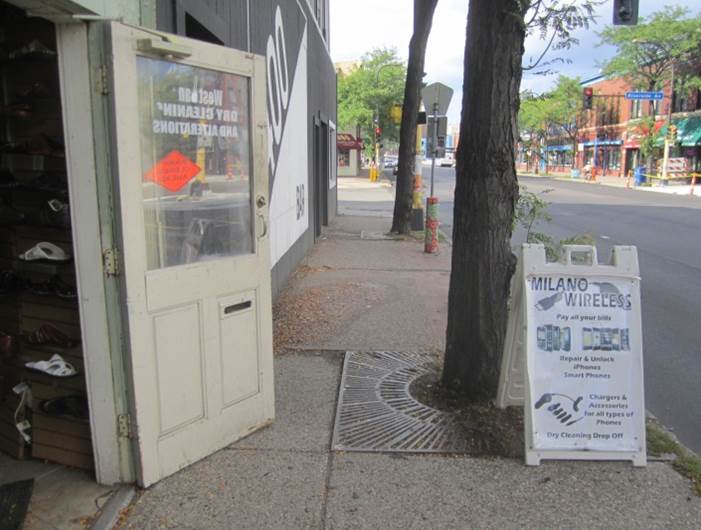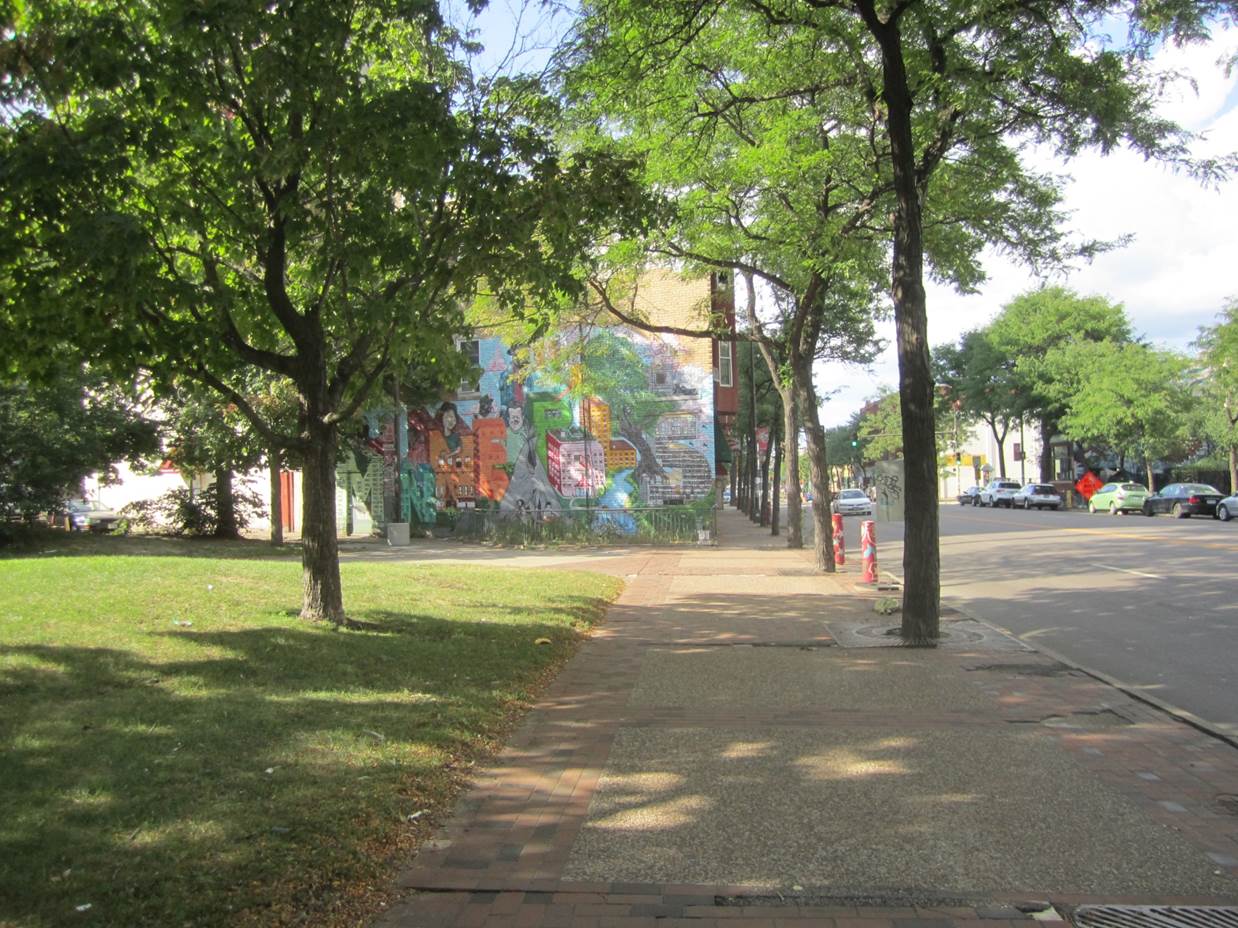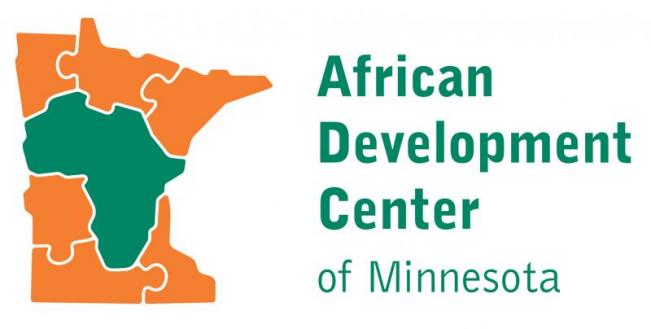Map of the proposed West Bank Improvement District area
Background
In 2011 and 2012, the Partnership participated in planning efforts for the implementation of a West Bank Improvement District (WBID) in Cedar Riverside. The WBID was to provide services to the West Bank/Cedar Riverside neighborhood to enhance neighborhood safety, improve the Cedar Riverside experience for residents and visitors, and maintain improvements in the neighborhood.
The plan for the WBID combined both Business Improvement District (BID) and Special Service District (SSD) models. Technically, the WBID would have been a “self-managed special service district,” meaning that no state legislative changes are needed to create a new business improvement district entity in the assessment code. Additionally, the WBID was to be locally managed to ensure greater flexibility and community input.
Formation of the WBID was contingent upon a successful petition process to the City of Minneapolis to establish the District. In 2011, the Cedar Riverside Partnership passed a resolution to endorse the concept of a Cedar Riverside Special Service District (renamed WBID), support further outreach, and support the preparation of a petition. In 2012, the West Bank business Association, Cedar Riverside Partnership, and African Development Center worked together to circulate a petition requesting that the Minneapolis City Council establish the WBID.
Although the WBID was ultimately not established, the Partnership’s involvement in the extensive planning efforts provided information about the public planning needs and opportunities in Cedar Riverside.
A Minneapolis ambassador, an example of the role of a WBID safety ambassador
Safety Ambassador Services
The WBID was to provide a variety of services, including Safety Ambassadors that would help provide direction to visitors, notify police of problem activity, and carry out some cleaning efforts such as graffiti removal. These services were specifically identified as those above and beyond what the city was able to provide. City services were not to be reduced even though WBID would be providing similar, supplementary services. The West Bank Safety Committee, comprised of representatives from the West Bank Community Coalition, the West Bank Business Association, West Bank residents, and Cedar Riverside NRP, unanimously supported the WBID in May 2012 for the purpose of providing Safety Ambassadors.
Proposed WBID logo
WBID Management
The plan for the WMID included leadership and management by local businesses, property owners, and other key stakeholders, and governance by a Board of Directors elected by members of the District. The Board would generally be comprised of property and business stakeholders highly invested in their community, and would be responsible for hiring the management that would administer the day-today activities of the WBID. Funding for the WBID was to come through an assessment to commercial and industrial property owners and funds from other property owners who opted-in to the WBID. This assessment was considered an investment into a commercial corridor that would yield long-term results, including higher property values, decreased vacancies, and higher customer traffic. These results would add lasting value to the neighborhood.
Institutional, non-profit, and residential properties were also included in planning for the WBID. While not required to participate, Augsburg College, Fairview Hospital, the University of Minnesota, and Sherman Associates all expressed support for a WBID and intent to contribute through in-kind, cash, or other contributions. Additional support for the WBID came from The Cedar Cultural Center and Pillsbury United Communities.
WBID Design Opportunities
The reconstruction of Riverside Avenue, proposed Cedar Avenue streetscape renovation, and Sherman Associates’ willingness to opt-in to a BID contributed to the momentum behind the creation of a WBID. The planned Riverside and Cedar Avenue redevelopment projects offered the possibility of tacking-on additional renovations, including green planted medians, bike loops, and other features that could be added after the sidewalk was rebuilt. The WBID was to provide the ongoing maintenance for these added features.
Other benefits of the proposed WBID included lower vacancy rates, higher pedestrian and customer traffic, reduced crime, increased neighborhood branding, and stability for the commercial corridor by providing the continuity to maintain prioritized services and programming.
